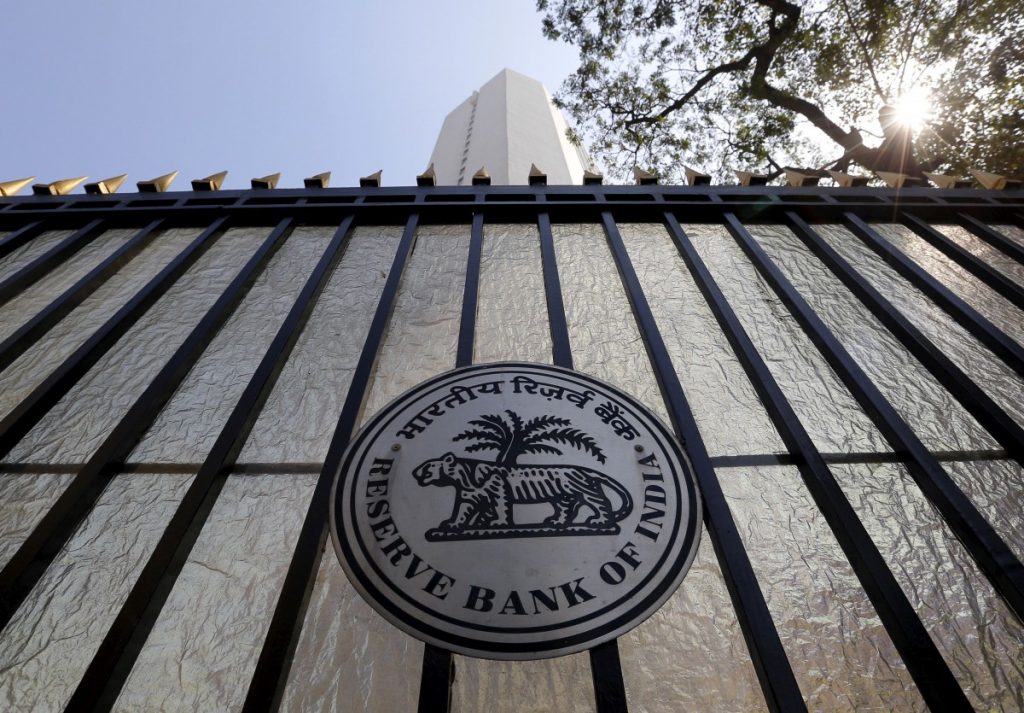In its annual World Economic Outlook report released on Tuesday, the IMF said the outlook for India is growth of 6.8% in 2022 – a downgrade by 0.6 percentage points since the July forecast.
A vendor sells vegetables at a retail market in Kolkata, India, December 12, 2018. Photo: Reuters/Rupak De Chowdhuri
New Delhi: The International Monetary Fund (IMF) on Tuesday cut its projection of India’s economic growth for the current fiscal (FY23) by 0.6 percentage points to 6.8% as it joins other agencies that have trimmed forecasts while also warning that the worst is yet to come for the global economy.
The IMF had in July projected a gross domestic product (GDP) growth of 7.4% for India in the fiscal year that started in April 2022. Even that forecast was lower than the 8.2% it projected in January this year.
In its annual World Economic Outlook (WEO) report released on Tuesday, the IMF said the outlook for India is growth of 6.8% in 2022 – a downgrade by 0.6 percentage points since the July forecast, reflecting a weaker-than-expected outturn in the second quarter and more subdued external demand.
Global growth is forecast to slow from 6.0% in 2021 to 3.2% in 2022 and 2.7% in 2023. This is the weakest growth profile since 2001, except for the global financial crisis and the acute phase of the COVID-19 pandemic.
The World Bank earlier this month trimmed India’s growth forecast by a full percentage point, trimming it from 7.5% to 6.5%. The Reserve Bank of India in late September cut its growth forecast to 7% from an earlier estimate of 7.2% after raising the benchmark repo rate by 50 basis points to 5.9% as to contain high inflation – seen to remain above 6% until early 2023.
The Reserve Bank of India seal is pictured on a gate outside the RBI headquarters in Mumbai, India, February 2, 2016. Photo: Reuters/Danish Siddiqui
Report predicts global downturn
The economic growth projections reflect significant slowdowns for the largest economies: a US GDP contraction in the first half of 2022, a euro area contraction in the second half of 2022, and prolonged COVID-19 outbreaks and lockdowns in China with a growing property sector crisis, the IMF said.
“The global economy continues to face steep challenges, shaped by the lingering effects of three powerful forces: the Russian invasion of Ukraine, a cost-of-living crisis caused by persistent and broadening inflation pressures, and the slowdown in China,” said Pierre-Olivier Gourinchas, director of research at IMF, in his forward to the WEO released during the annual meeting of the IMF and the World Bank.
Growth rate projections for China is 3.2%, down from 8.1% growth rate in 2021.
In China, the frequent lockdowns under its zero-COVID policy have taken a toll on the economy, especially in the second quarter of 2022. Furthermore, the property sector, representing about one-fifth of economic activity in China, is rapidly weakening.
“Given the size of China’s economy and its importance for global supply chains, this will weigh heavily on global trade and activity,” Gourinchas said.
“Russia’s invasion of Ukraine continues to powerfully destabilize the global economy. Beyond the escalating and senseless destruction of lives and livelihoods, it has led to a severe energy crisis in Europe that is sharply increasing costs of living and hampering economic activity,” he said.
Also Read: UN Body Forecasts Slide in India’s GDP to 5.7% in 2022, Calls for ‘Urgent Course Correction’
India doing ‘fairly well’
“It’s a downward revision this year, and it’s mostly due to the external outlook as well as tighter financial conditions, and the growth revision for the first quarter of the fiscal year came in weaker than previously expected,” he said.
“Inflation is still above the central bank target in India. We expect India’s inflation at 6.9% in 2022-23, which is likely to come down to 5.1% next year. So, the overall stance of the policy we think that fiscal and monetary policy should be probably on the tightening side,” Gourinchas said.
(With PTI inputs)

